Planting Out Hardy Perennials in March
As long as the soil is not waterlogged or frozen, March is an ideal time to plant hardy perennials in the garden.
Hardy perennial plants are just starting to come out of their winter dormancy, and they will respond well to the opportunity to get into growth for the season ahead. There is still the chance of a cold snap at this time of year, so it is important the plants are hardy varieties. Wherever you have bought your young plants or if you have raised them from seed yourself, it is likely that they have been carefully nurtured in a protected environment so even hardy varieties should be properly acclimatised to outdoor conditions before being planted out permanently. This will prevent a check in their growth which could set them back considerably.
To harden plants off, they can be placed in a cold frame for a couple of weeks or if that’s not possible then simply place them outdoors in a sheltered spot for a few hours every day. Bring them back inside or into a sheltered location again, as temperatures fall again in the late afternoon. Extend the time they spend outdoors over two weeks or so, then they will be fully accustomed to outdoor conditions. They can then be planted out without being shocked or stressed by the climate change and will grow away strongly and give the best possible garden performance.
Planting is simple and straightforward but it’s useful to consider a few basic principles such as positioning, very few plants thrive in full shade and most enjoy at least half a day in full sun. Check the plant labels or check online for precise details of your plants preferred requirements. It may seem obvious, but a really important thing to check is the plants height, tall plants for the back of borders, short plants at the front, so they can be seen and enjoyed. Keep in mind that how tall a plant grows can depend greatly on their growing conditions so leave a margin of error of 15cm (6”) to be safe. There’s nothing worse than having a sunning display of blooms that’s hidden from view. Finally check their spread, ensure the plant has the appropriate space around to let in air and sunlight and allow it to grow without hinderance.
Simply plant out by digging a hole slightly larger than the root ball of the plant and agitate the soil in the bottom to give roots the best chance to grow unimpeded. In dry soils it’s good practice to mix in some organic matter to help with moisture retention. Then water the bottom of the hole and place the root ball into it, with the top of the roots just below soil level. Then fill the hole in with soil, breaking up any lumps and gently firming the soil around the plant in as you go. Finally, give it a good water to settle the soil around the roots.
What to plant in March
My favourite hard-working hardy plants suitable to plant out in March include the ever bright and cheerful, long flowering perennial Rudbeckia fulgida Goldsturm. Once established these colourful coneflowers will light up sunny, summer borders right through to the first frosts, year after year without fail. Tough and reliable they will tolerate almost any conditions and at 60cm (2’) tall will fit into any size border.

Another wonderfully rewarding and long flowering perennial, and one I would highly recommend, is the less well known Persicaria affinis Darjeeling Red, a low growing, 25cm (10”) tall, carpet forming perennial with masses of long pink flower heads which turn a deep red as they mature. This gives an unusual and extremely eye-catching, two-tone display which lasts for months. The attractive, glossy oval leaves are evergreen, adding enormously to its appeal, and making it supremely useful as a year-round ground cover plant.

Finally, this is a great time of year to plant roses and fruiting shrubs, and I’d go so far as to suggest that every garden should feature a repeat flowering rose or two. For sheer class, colour and flower power they are unbeatable, a modern variety like Rose Flower Carpet Pink requires little or no maintenance and its compact, spreading habit of up to only 80cm (32”) tall, makes it perfect for every conceivable garden use, from the front of borders to patio containers. Fruiting shrubs can also be planted now, many are great in containers their eat-straight-from the plant crops offer a whole new dimension to the summer garden.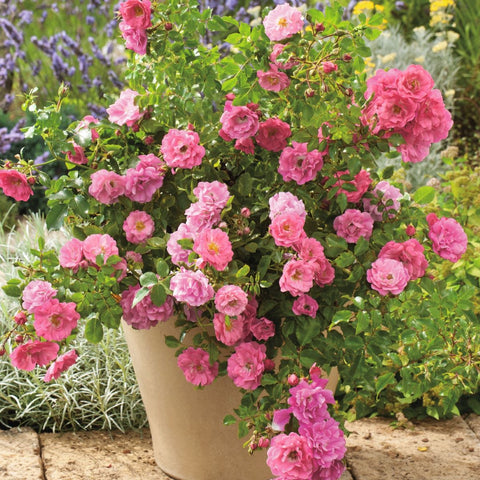

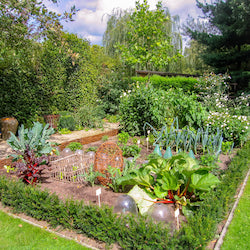
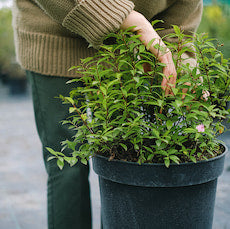
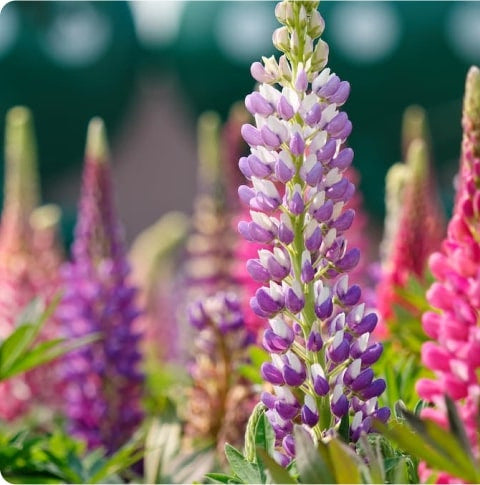


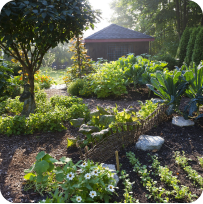





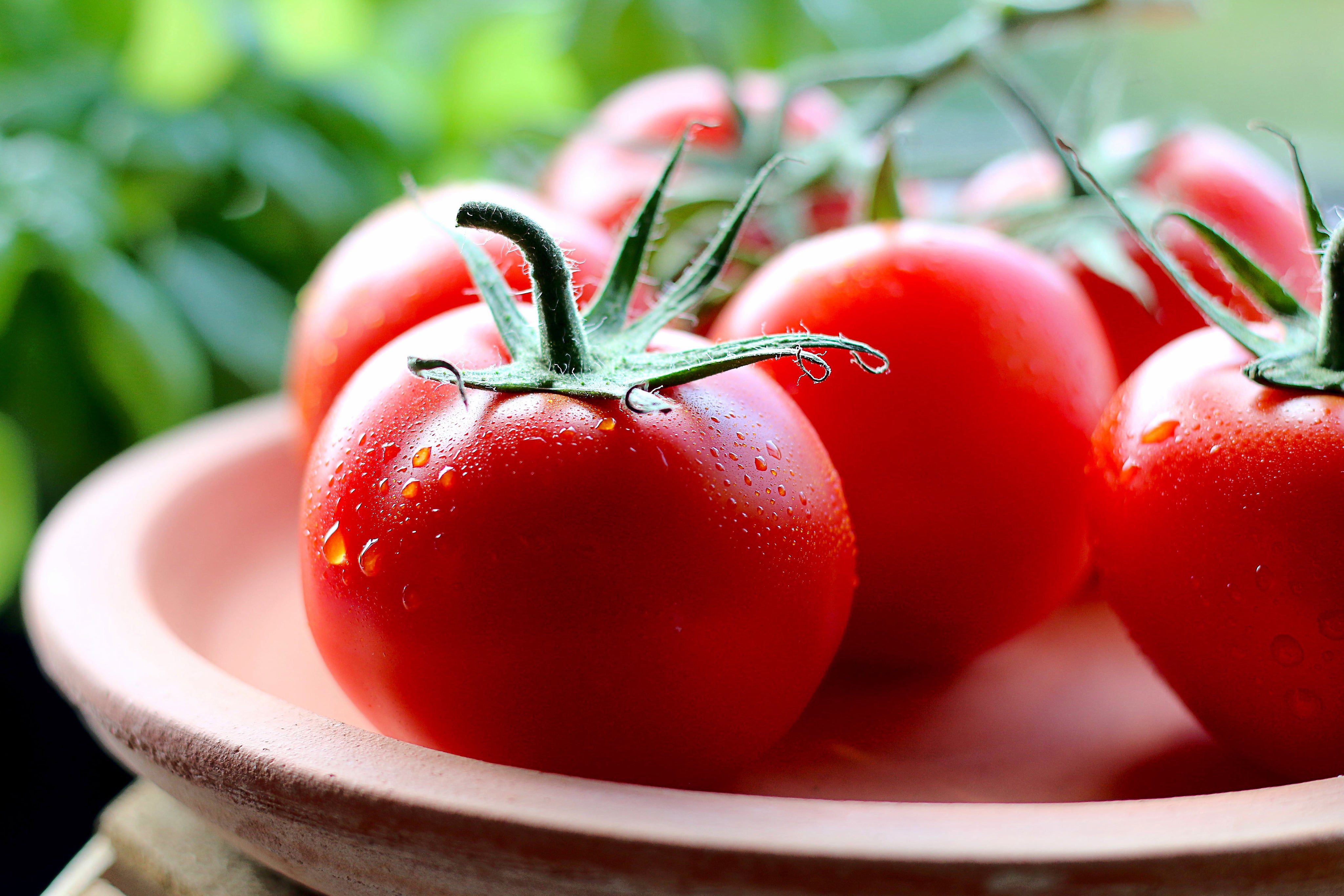

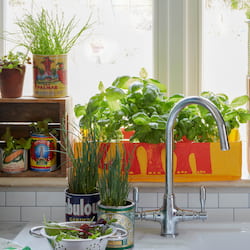
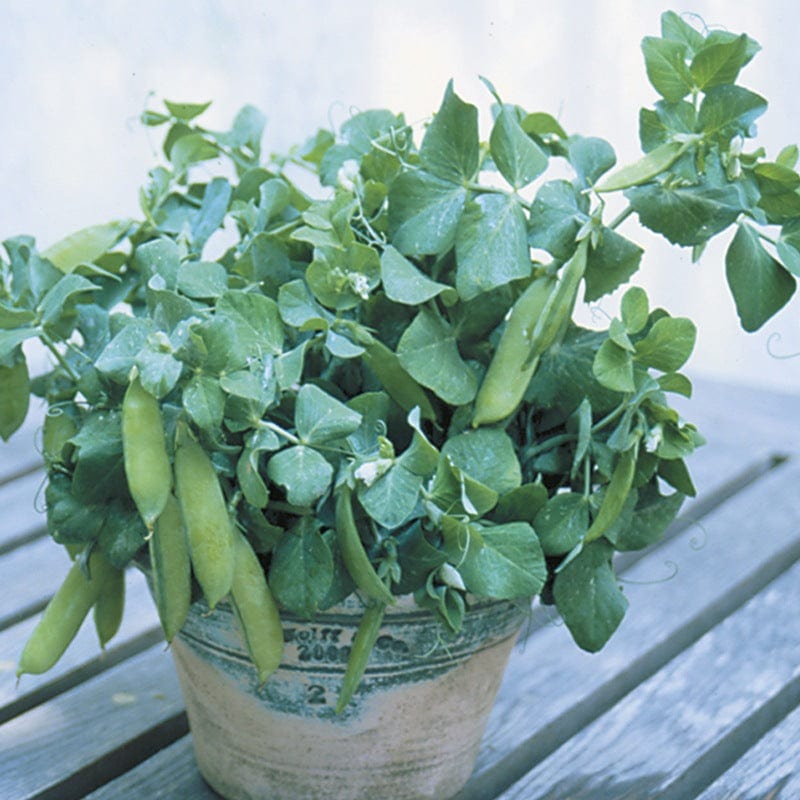


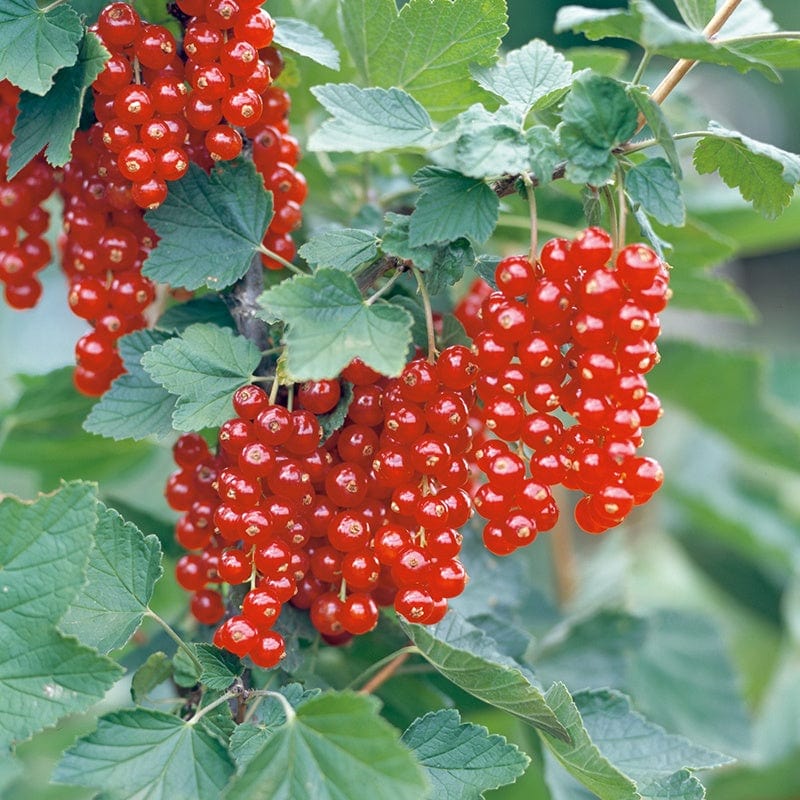
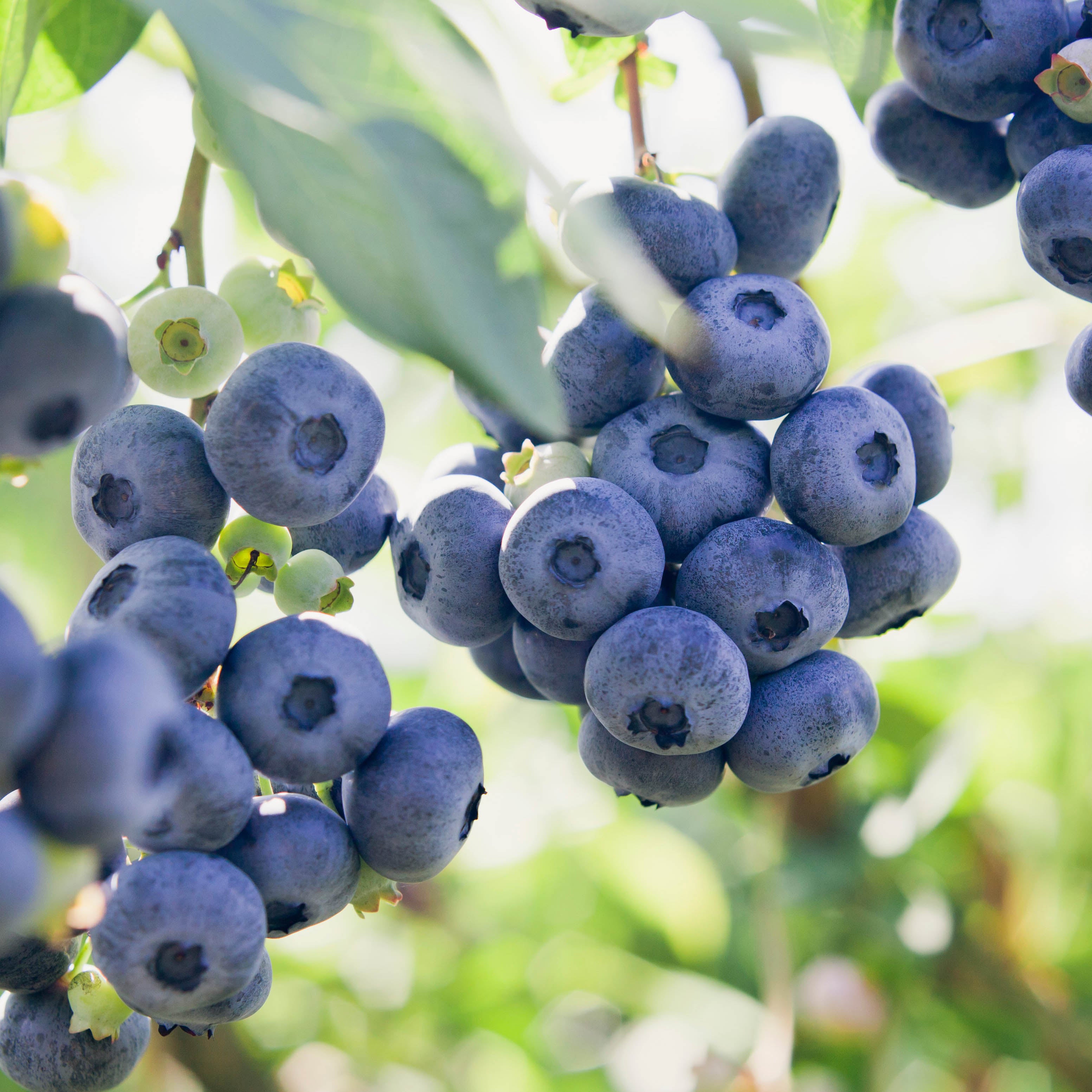


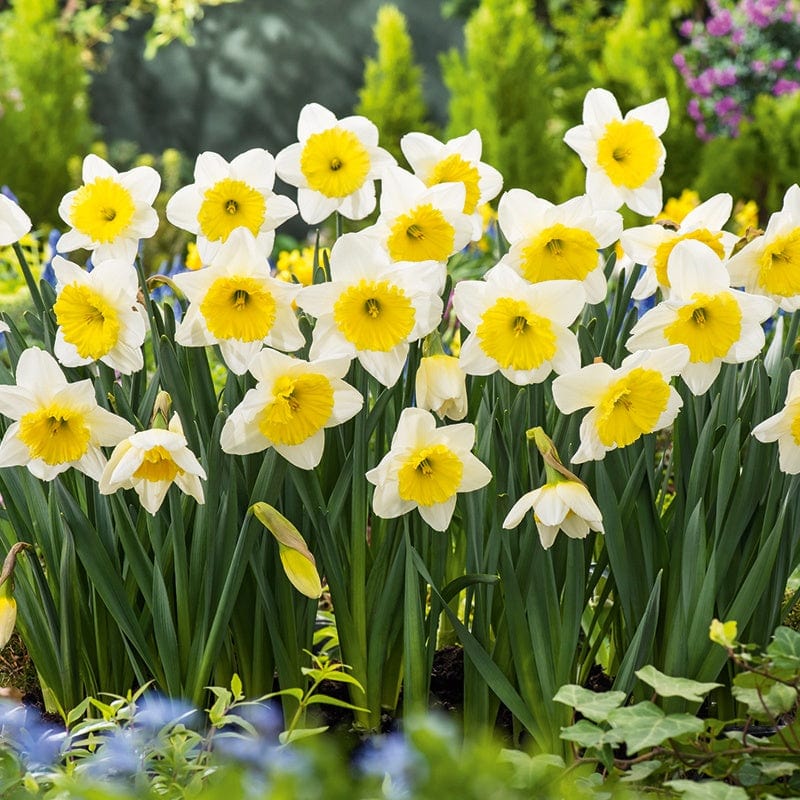
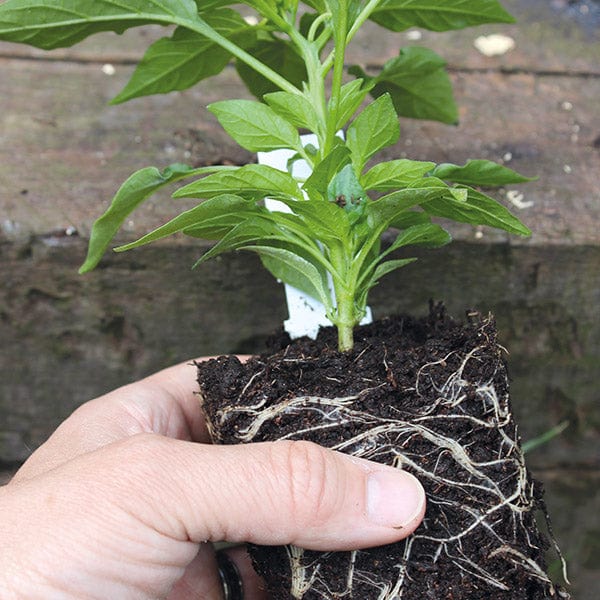

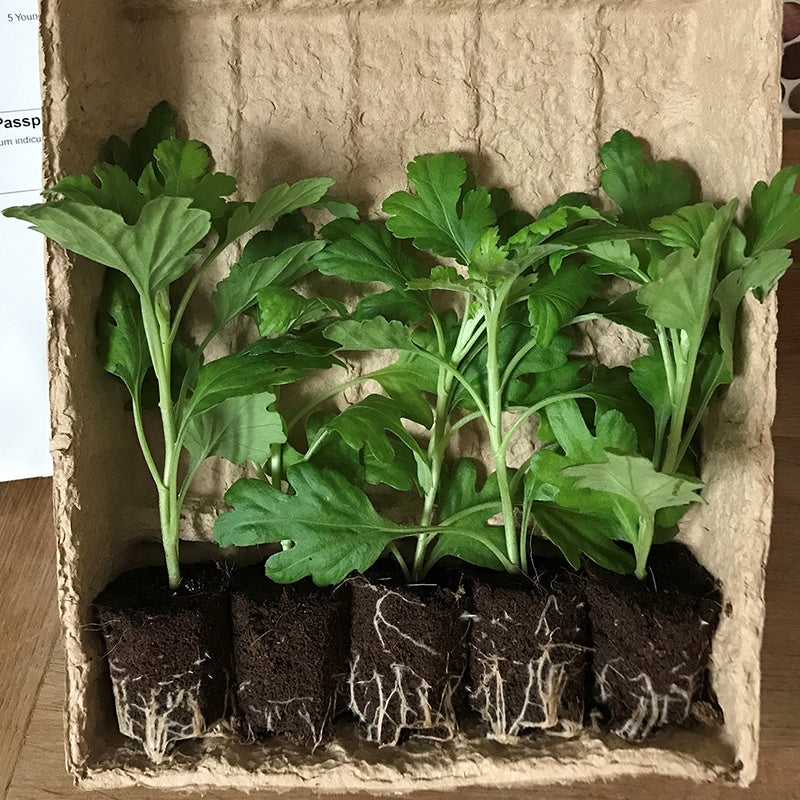
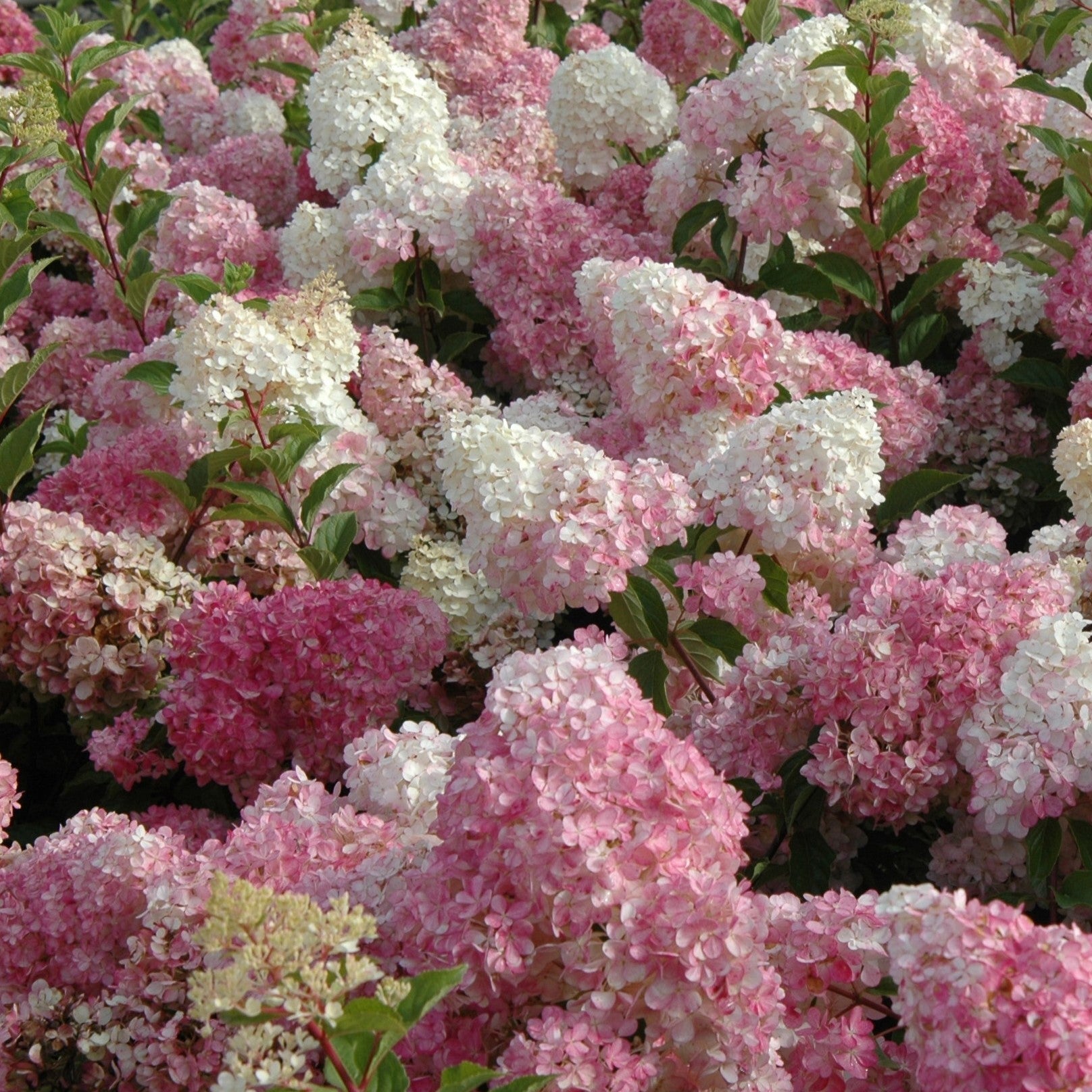
Leave a comment
All comments are moderated before being published.
This site is protected by reCAPTCHA and the Google Privacy Policy and Terms of Service apply.